Description
Isoflurane: A Deep Dive into a Widely Used Inhalational Anesthetic
Isoflurane, a pungent-smelling, halogenated ether, has been a cornerstone in the field of anesthesia for decades. Its consistent performance, predictable pharmacokinetics, and relative safety profile have made it a popular choice for inductions and maintenance of general anesthesia in both human and veterinary medicine. This article will delve into the characteristics, mechanisms, uses, benefits, and potential drawbacks of this widely used inhalational anesthetic.
Understanding Isoflurane’s Properties
Isoflurane exists as a colorless, clear, and stable liquid at room temperature, requiring specialized vaporizers to deliver it in a controlled manner to the patient. Key properties that define its anesthetic effect include:
- Minimum Alveolar Concentration (MAC): This is the concentration of the anesthetic agent in the alveoli that prevents movement in 50% of patients subjected to a standardized surgical stimulus. Isoflurane’s MAC is typically around 1.15% in adults, making it a moderately potent anesthetic. Factors like age, temperature, and other co-administered drugs can influence the MAC value.
- Blood-Gas Partition Coefficient: Isoflurane’s blood-gas partition coefficient is relatively low (around 1.4), indicating moderate solubility in the blood. This translates to faster induction and recovery times compared to more soluble agents like halothane. This property allows for quicker adjustments to the depth of anesthesia.
- Metabolic Stability: Isoflurane undergoes minimal metabolism within the body, with less than 0.2% of the administered dose being metabolized. This reduces the risk of toxic metabolite production and associated organ damage, contributing to its overall safety profile.
Mechanism of Action: A Multifaceted Approach
While the exact mechanism of action of isoflurane remains a subject of ongoing research, it is believed to exert its anesthetic effects through various interactions with the central nervous system:
- GABA-A Receptor Modulation: Isoflurane, like many other inhalational anesthetics, potentiates the activity of GABA-A receptors, the major inhibitory neurotransmitter receptors in the brain. This leads to neuronal hyperpolarization and reduced neuronal excitability.
- Glycine Receptor Activation: Similarly, isoflurane can activate glycine receptors, another type of inhibitory neurotransmitter receptor, contributing to muscle relaxation and analgesia.
- Potassium Channel Activation: Isoflurane can also activate certain potassium channels, leading to neuronal hyperpolarization and reduced excitability.
- Other Targets: Isoflurane also interacts with other targets within the CNS, including glutamate receptors and voltage-gated ion channels, further contributing to its anesthetic effects.
Clinical Applications: A Versatile Anesthetic Agent
Isoflurane enjoys wide application in various surgical procedures, including:
- Induction and Maintenance of General Anesthesia: Isoflurane can be used alone or, more commonly, in combination with other anesthetics, such as intravenous agents (e.g., propofol) and opioids, for both induction and maintenance of general anesthesia.
- Pediatric Anesthesia: Due to its rapid induction and recovery profiles, isoflurane is often used in pediatric anesthesia, allowing for efficient and predictable anesthetic management.
- Veterinary Medicine: Isoflurane is a popular anesthetic choice in veterinary medicine for a wide range of species, from small animals like cats and dogs to larger animals like horses.
Benefits of Isoflurane: A Favorable Profile
Isoflurane offers numerous advantages over older inhalational anesthetics:
- Rapid Induction and Recovery: Its relatively low blood-gas partition coefficient allows for quick induction and emergence from anesthesia, minimizing the time patients spend under deep sedation.
- Minimal Metabolism: The low metabolic rate reduces the risk of toxic metabolite production, leading to a reduced incidence of organ toxicity compared to some older agents.
- Stable Cardiovascular Profile: While isoflurane can cause vasodilation and a decrease in blood pressure, these effects are generally manageable in healthy individuals.
- Bronchodilation: Isoflurane exhibits bronchodilating properties, making it a potentially advantageous choice for patients with asthma or other respiratory conditions.
- Cost-Effective: Compared to some newer inhalational anesthetics, isoflurane is generally more affordable, making it a cost-effective option for many healthcare facilities.
Potential Drawbacks and Considerations
Despite its benefits, isoflurane is not without potential drawbacks:
- Pungent Odor: Isoflurane’s pungent odor can be irritating to the airway, potentially leading to coughing, breath-holding, or laryngospasm, particularly during induction. This is often mitigated by using intravenous induction agents first.
- Respiratory Depression: Isoflurane can cause dose-dependent respiratory depression, requiring careful monitoring and possible ventilatory support during anesthesia.
- Malignant Hyperthermia Trigger: Isoflurane is a known trigger for malignant hyperthermia, a rare but life-threatening hypermetabolic crisis in susceptible individuals.
- Cardiovascular Effects: Isoflurane can cause vasodilation and a decrease in blood pressure, which may require treatment with vasopressors in some patients.
- Environmental Concerns: Isoflurane, like other inhalational anesthetics, is a greenhouse gas. Efforts are being made to capture and recycle waste anesthetic gases to minimize their environmental impact.
Conclusion: A Reliable Workhorse in Anesthesia
Isoflurane remains a valuable and widely used inhalational anesthetic due to its predictable pharmacokinetics, relatively rapid induction and recovery, minimal metabolism, and manageable side effect profile. While newer anesthetic agents have emerged, isoflurane continues to play a crucial role in modern anesthesia practice, providing a reliable and cost-effective option for a wide range of surgical procedures. As research continues, a deeper understanding of its mechanisms of action and the development of strategies to minimize its potential environmental impact will further solidify its place in the future of anesthesia.



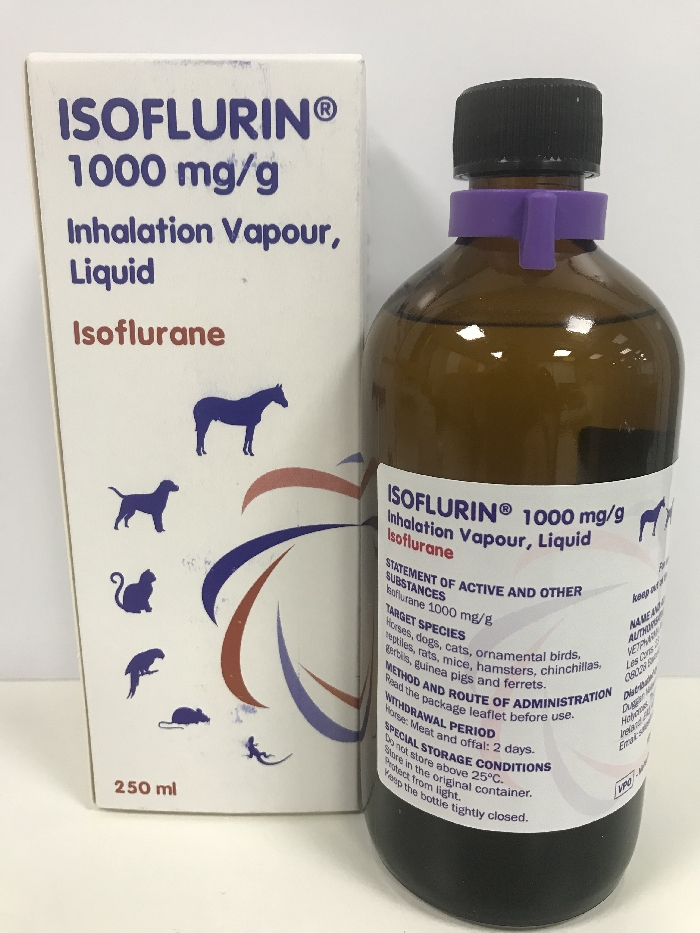
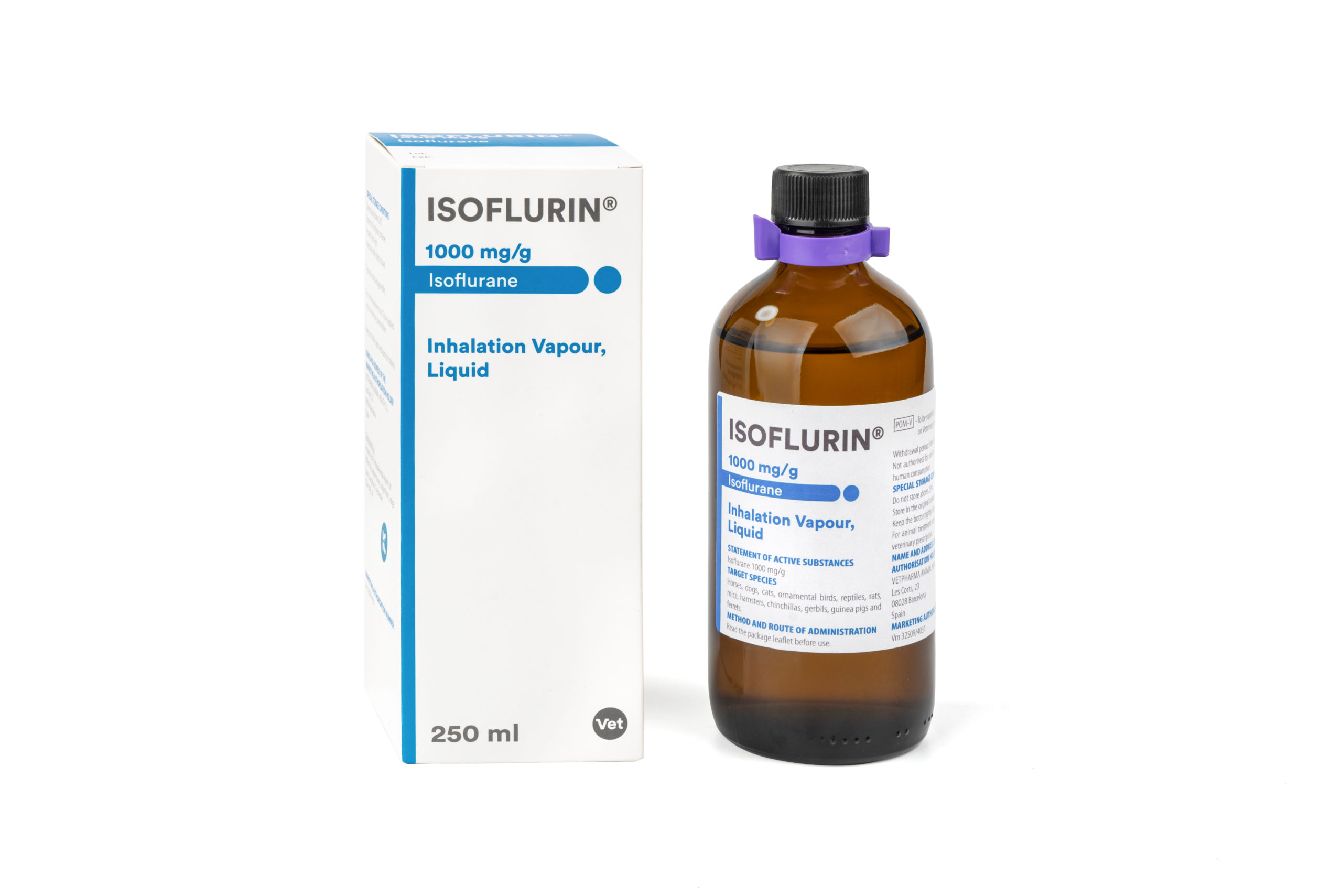
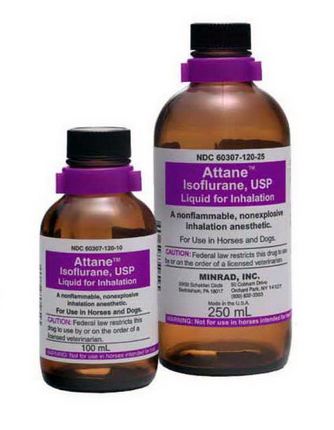

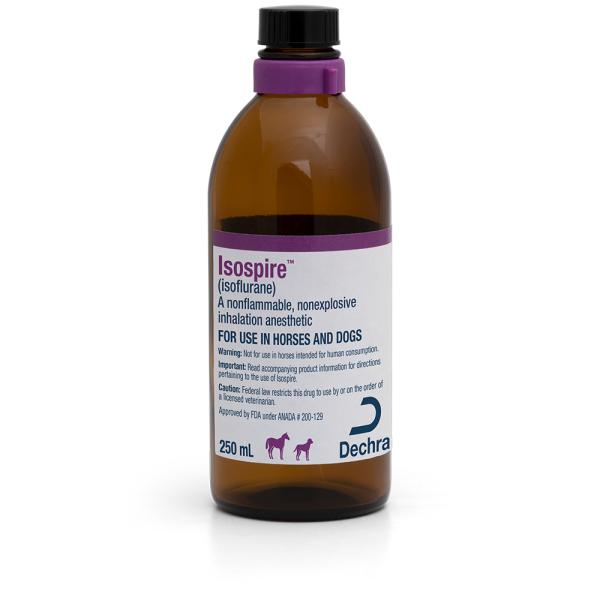


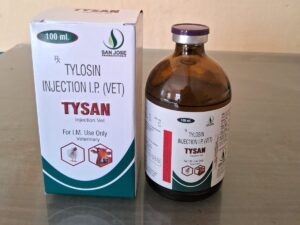


Reviews
There are no reviews yet.